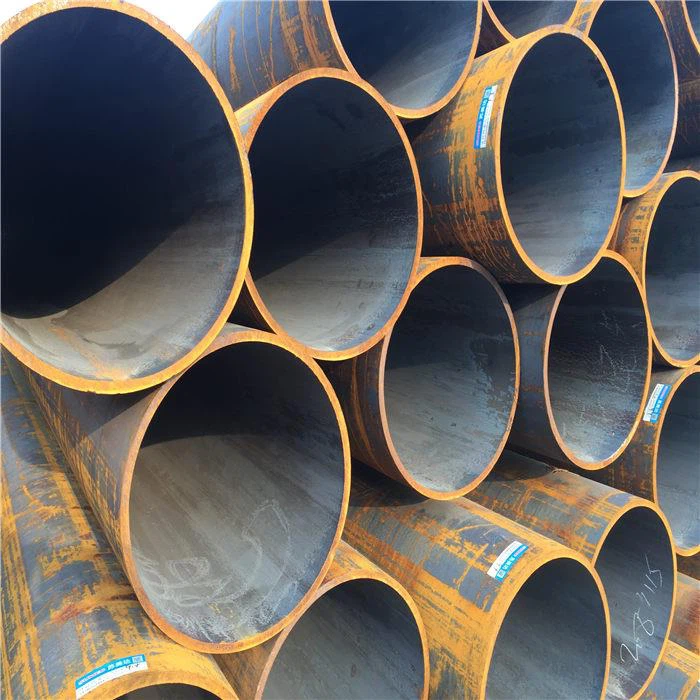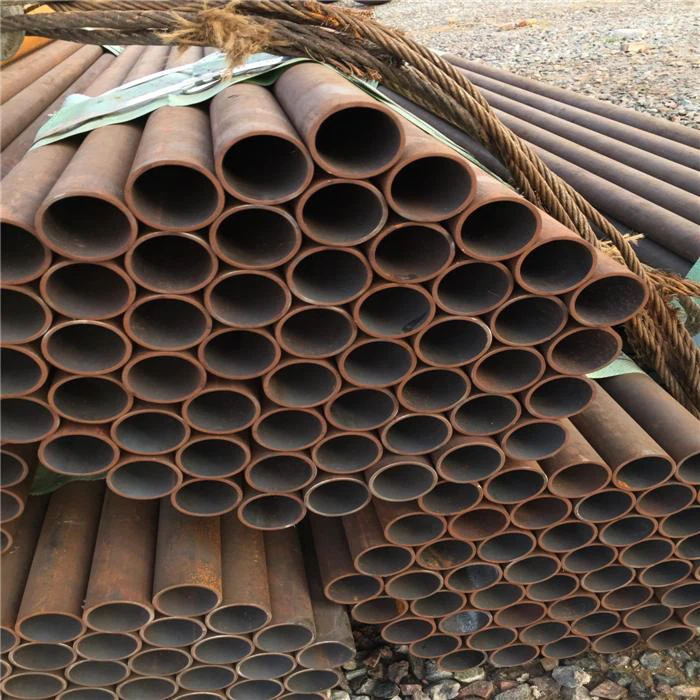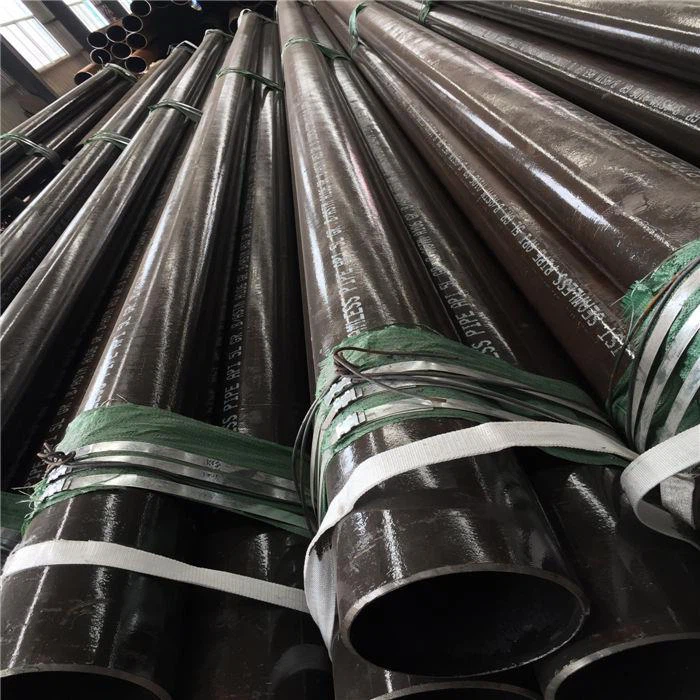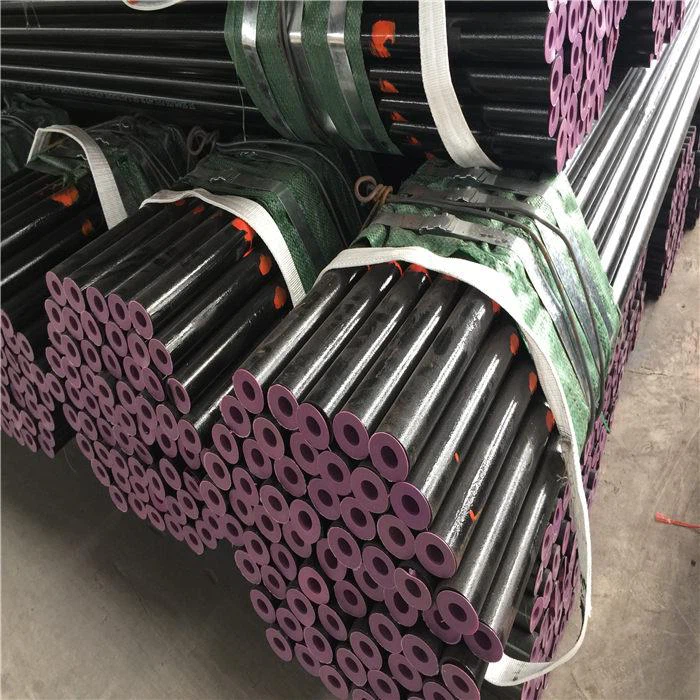How Nippon Steel Uses steel slag to create blue carbon
Blue carbon refers to the processes, activities and mechanisms that use Marine activities and Marine organisms to absorb carbon dioxide from the atmosphere, and fix and store it in the ocean. Increasing carbon sink is one of the important ways to achieve the goal of carbon neutrality, and blue carbon is one of the main ways to increase carbon sink in ecosystems. The three coastal blue carbon ecosystems, represented by mangroves, coastal marshes and seagrass beds, fix carbon dioxide through photosynthesis, and promote particle carbon sedimentation by slowing down water flow. They have the characteristics of huge carbon sequestration, high carbon sequestration efficiency, and long carbon storage cycle. Marine ecosystems can regulate atmospheric carbon dioxide concentration by participating in the global carbon cycle.
Algae need iron to grow. Iron is essential for photosynthesis, respiration and cell division in algae. According to the research content of the "Nippon Iron Technology Newspaper" No. 391, he personally verified the importance of iron to seaweed by adding iron to the growth process of seaweed.
In this context, Nippon Steel began to develop the technology of using steel slag to supply iron elements for seaweed field regeneration (ViVary TM Unit). This technology uses the combination of steel slag and humus soil to reproduce the supply mechanism of iron humate, that is, part of the steel slag Fe2+ (ferrous ions, other parts can not be supplied to seawater after dissolution and transformation in water) is combined with humic acid in humus soil to produce iron humate (dissolved) and provide iron content to seawater. The technology provides the necessary iron humate for algae by artificial generation, so as to protect the algal field.

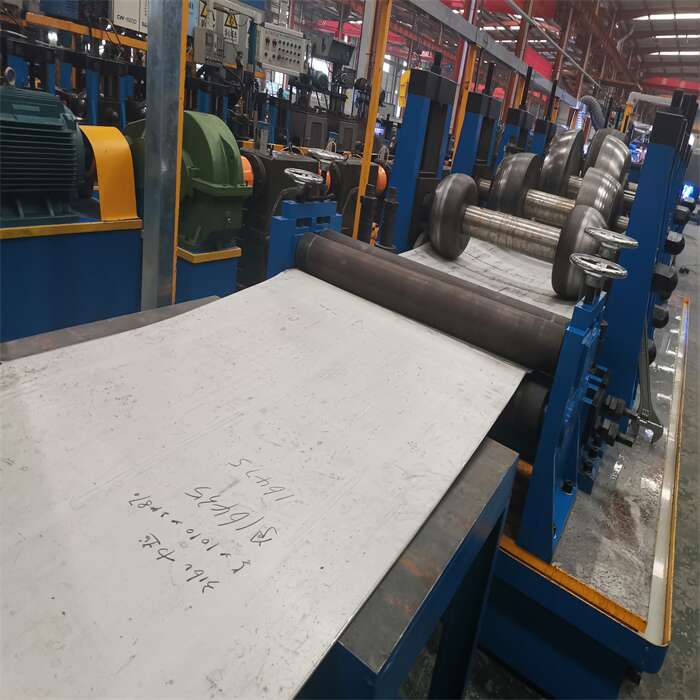
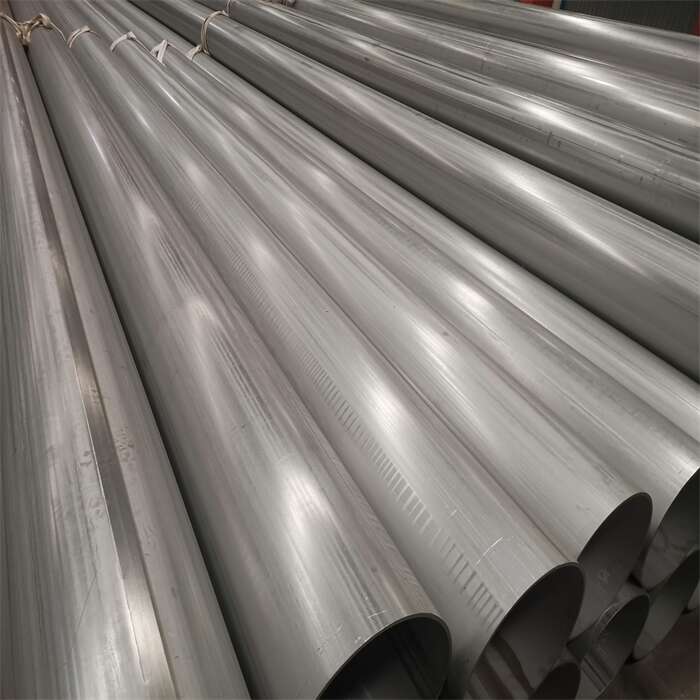
Galaxy Company Steel Pipe Product Hot Tags:
{seamless steel pipe| line pipe| boiler tube| ASTM A333 pipe| API 5L pipe| welded steel pipe| steel pipe inventory| steel plate,pipe fittings, Hot-dip galvanized welded pipe}


